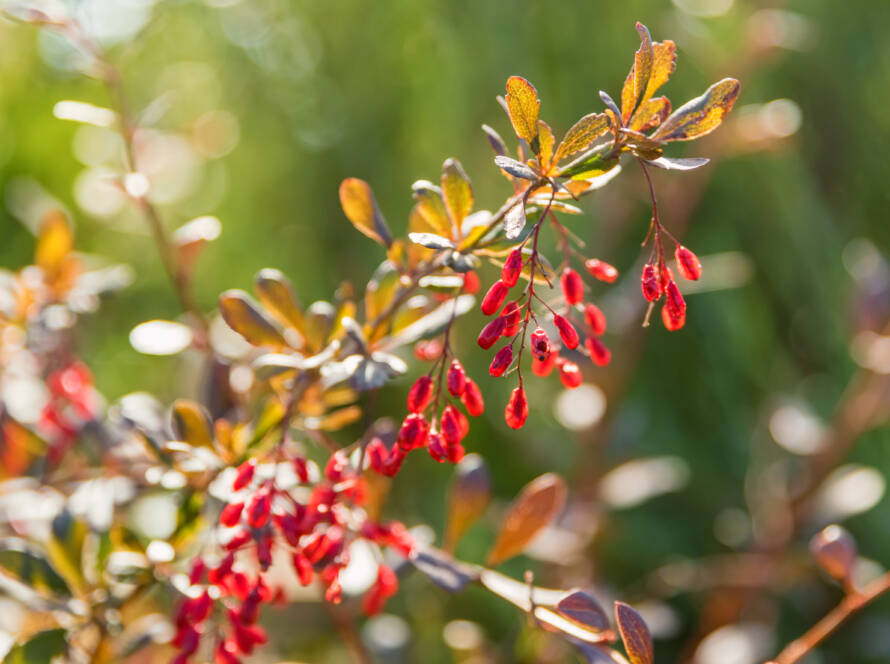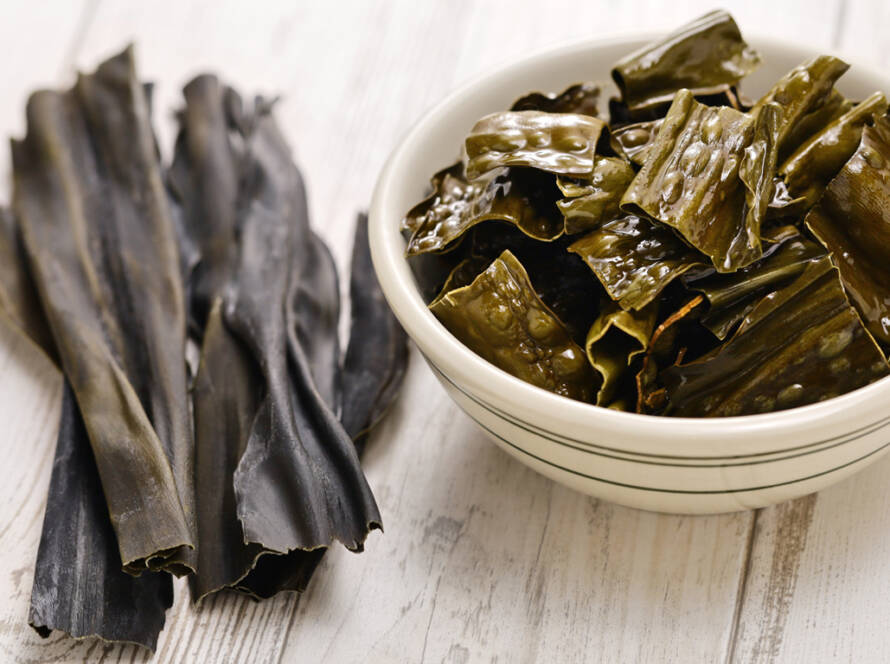Gymnema Sylvestre
Introduction
Gymnema Sylvestre, a vigorous climbing vine native to southern India’s jungles and meadows, has been used in traditional medicine for centuries. Its leaves are known for their medicinal properties, particularly their ability to interfere with the taste of sweet foods, earning it the Hindi name “gurmar,” meaning “sugar destroyer.” This herb has primarily been used in Ayurvedic medicine to manage diabetes mellitus and related conditions. Historically, its pharmacological effects have been studied since the 1930s, and it has also been used for various ailments, including stomach issues, constipation, water retention, and liver disease.
Common Names
- Meshashringi
- Gurmar
- Merasingi
- Periploca of the Woods
Latin Name
Gymnema sylvestre
What It Is Used For
Gymnema Sylvestre is traditionally used to control blood glucose levels. Research has also explored its potential as a lipid-lowering agent, for weight loss, and to inhibit dental caries. However, there is limited clinical evidence to support these uses.
How It Is Used
Clinical studies investigating the antidiabetic effects of Gymnema Sylvestre typically utilize extracts standardized to contain 25% gymnemic acids, with dosages of 200 to 400 mg administered twice daily.
What the Science Says
Current scientific consensus indicates that more research is needed before Gymnema Sylvestre can be recommended as a medical supplement.
Side Effects and Cautions
Individuals with diabetes should exercise caution when using Gymnema Sylvestre, as it may lower blood sugar levels.


